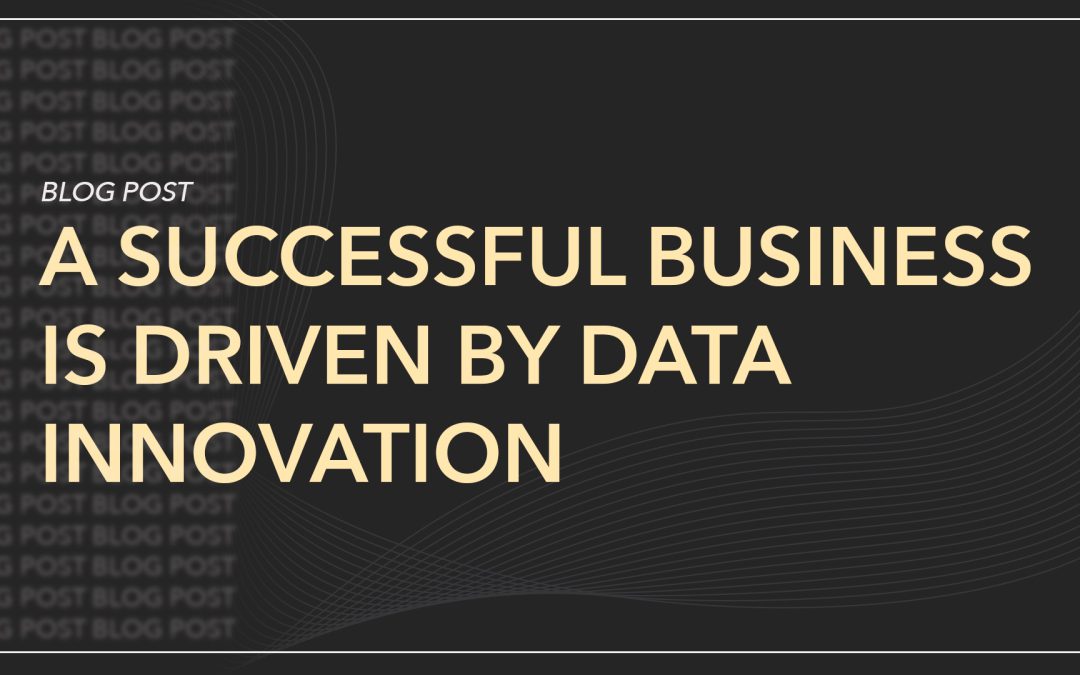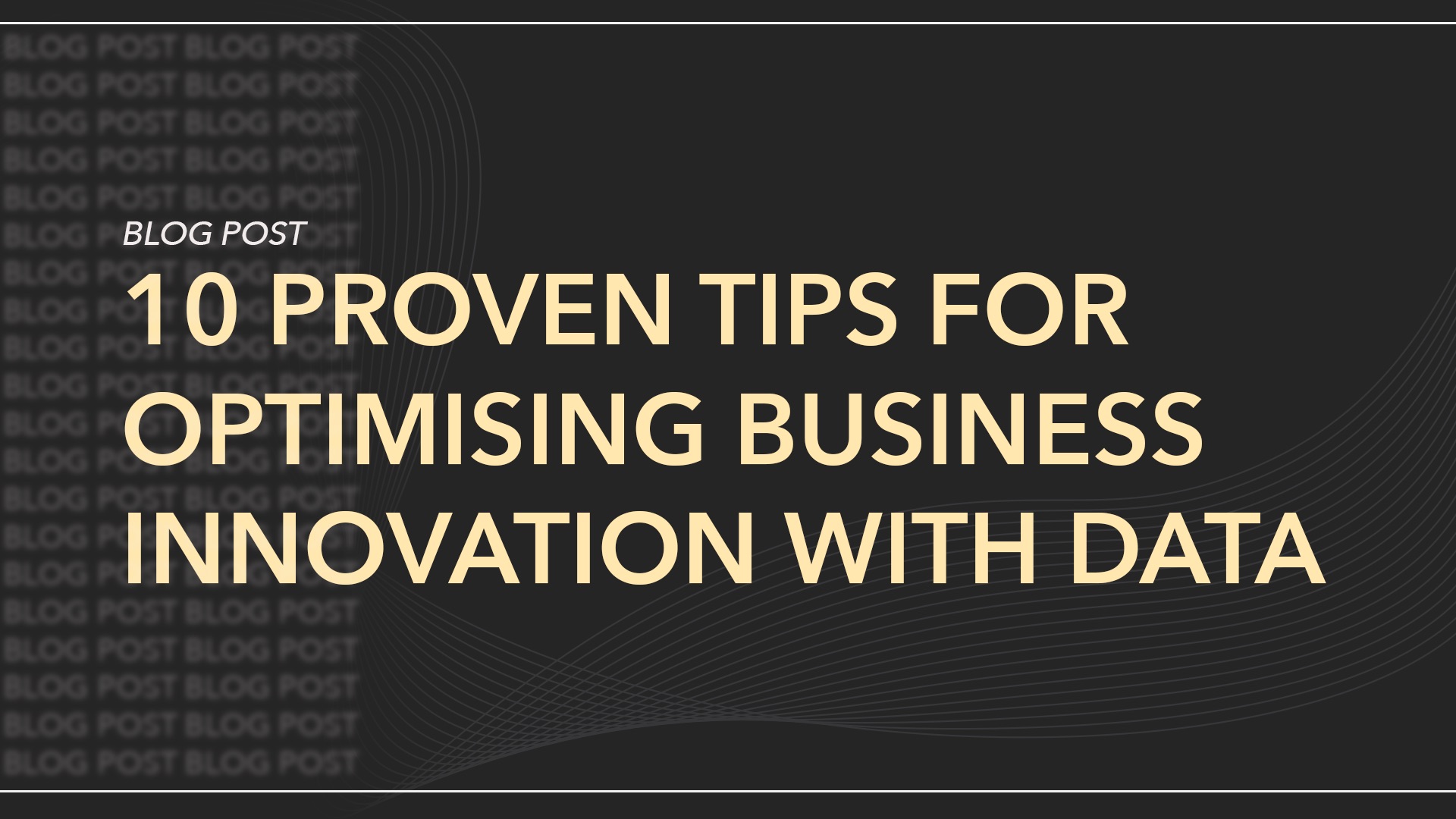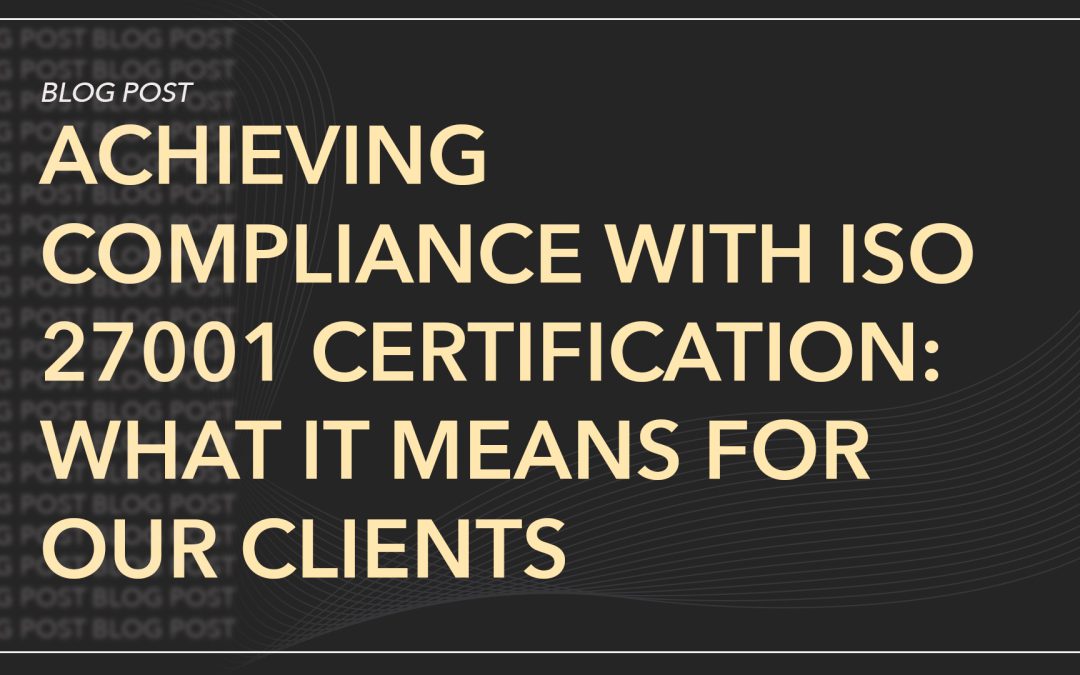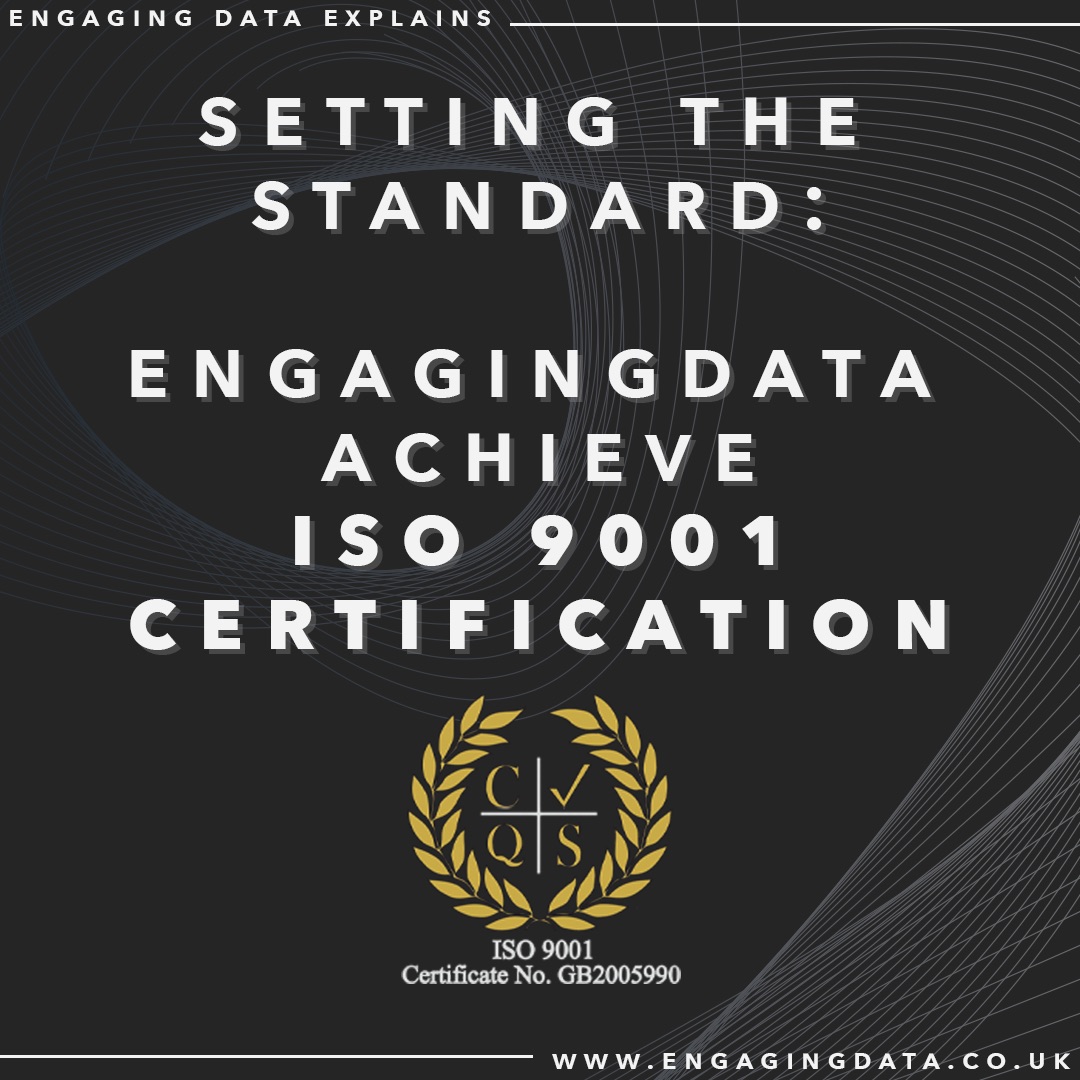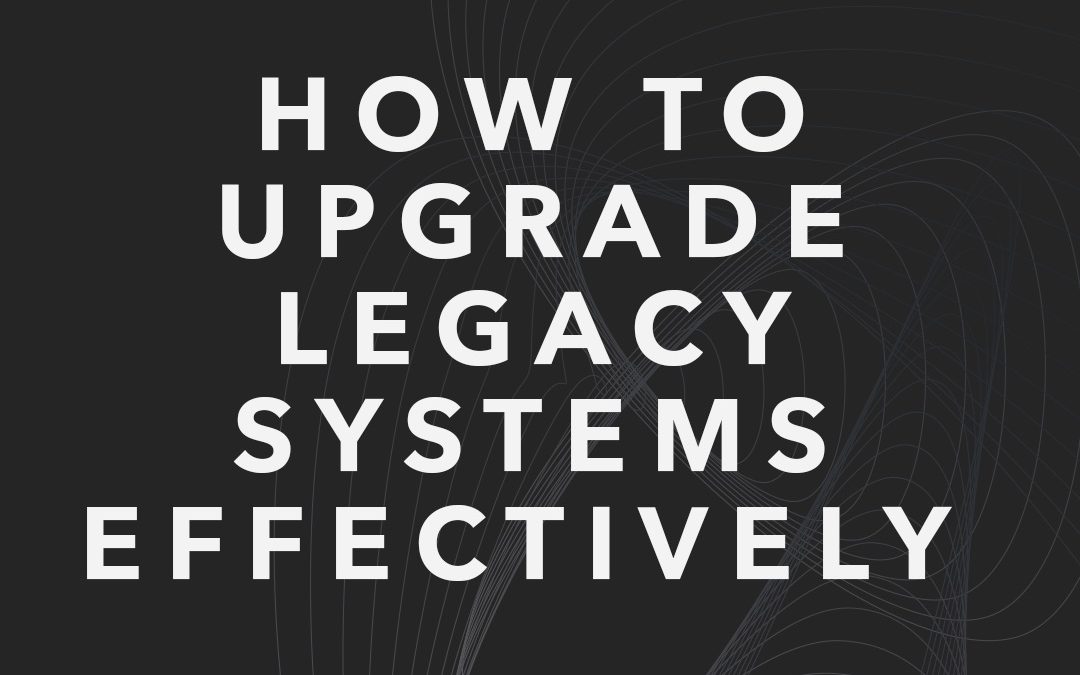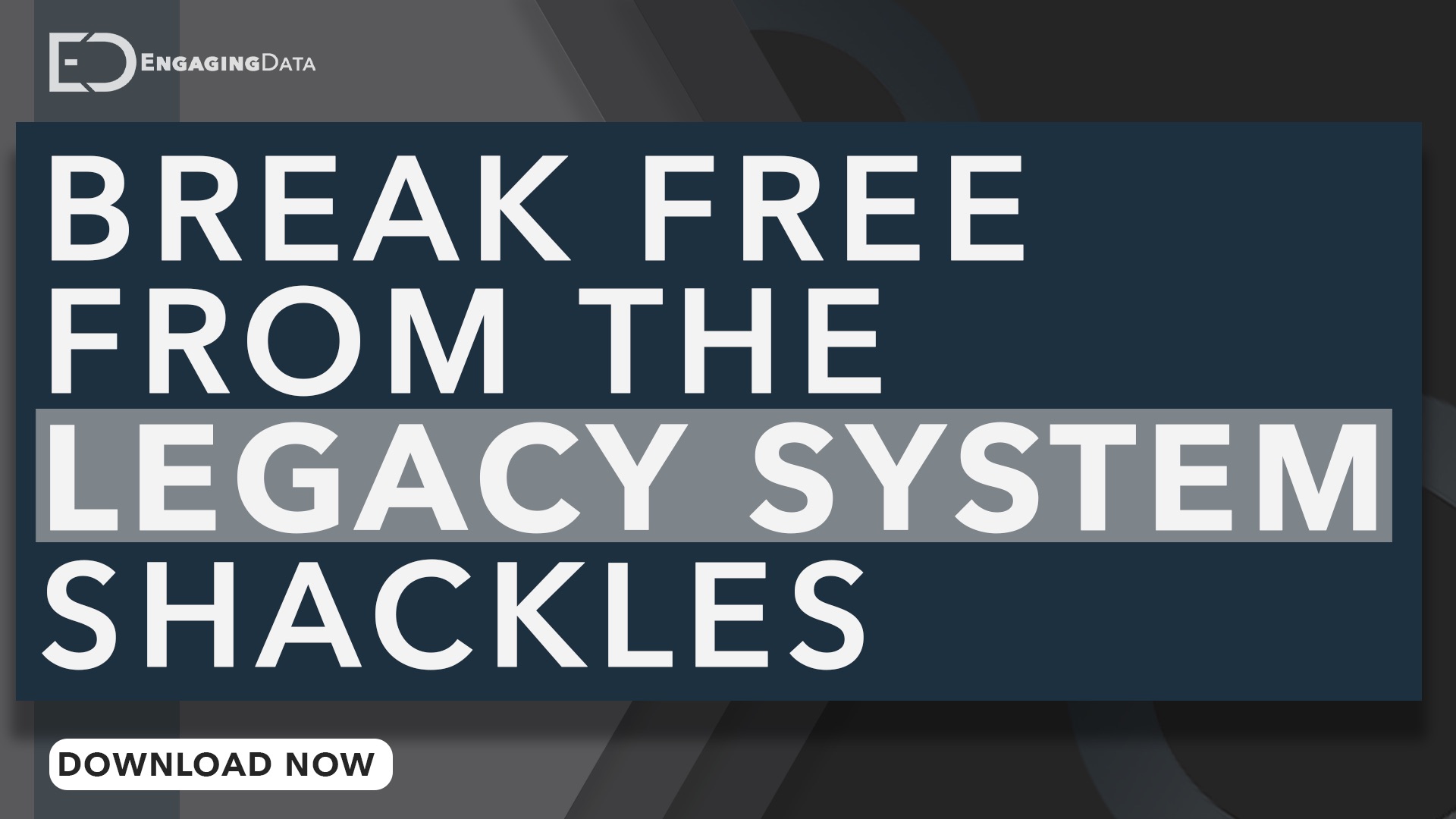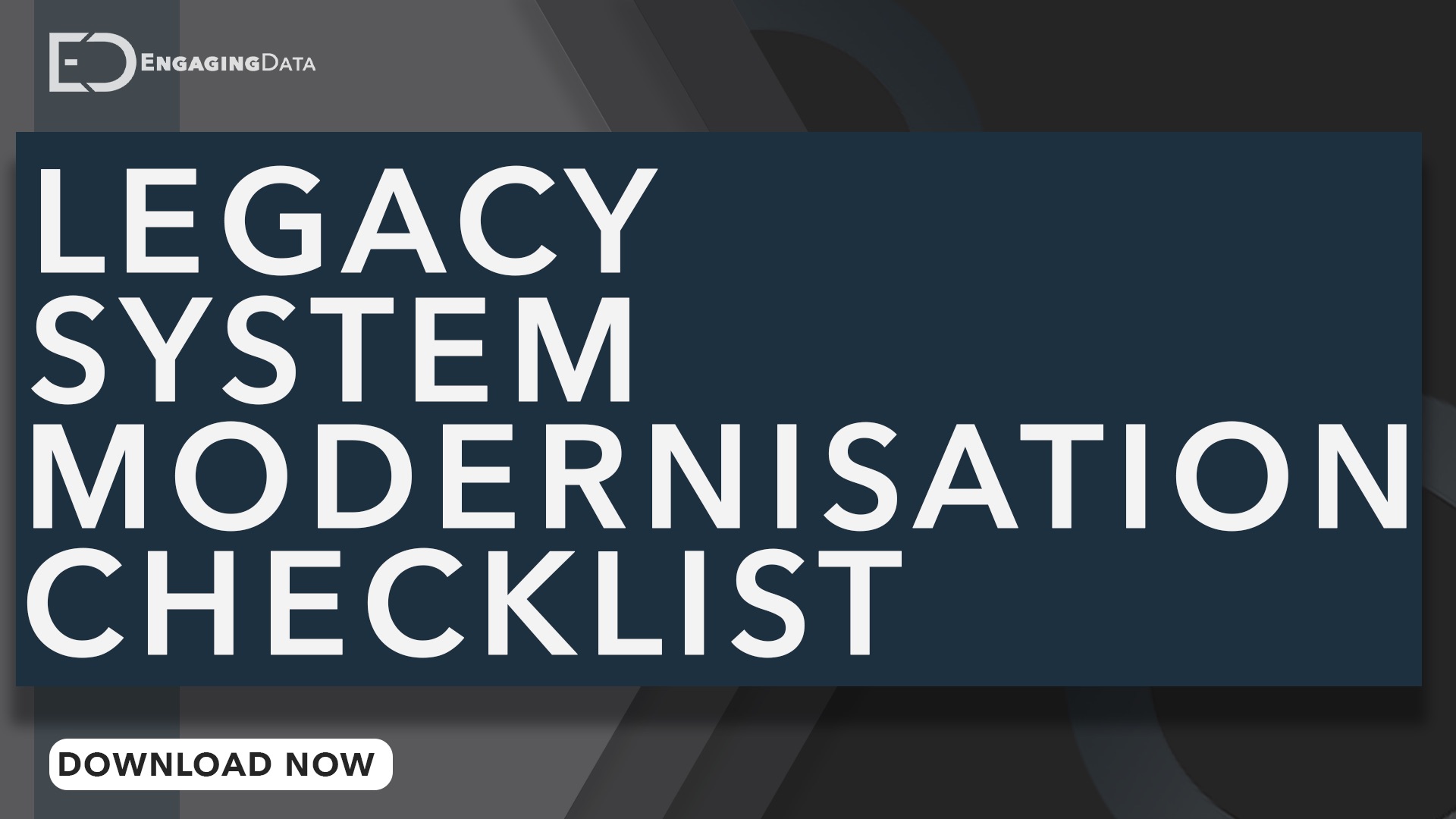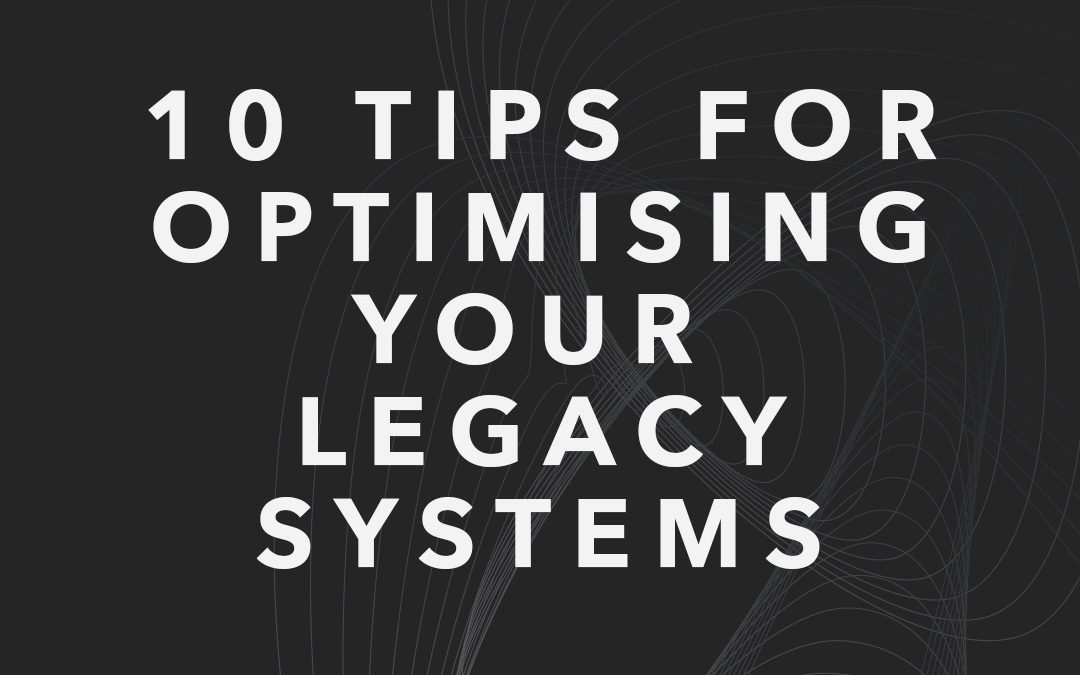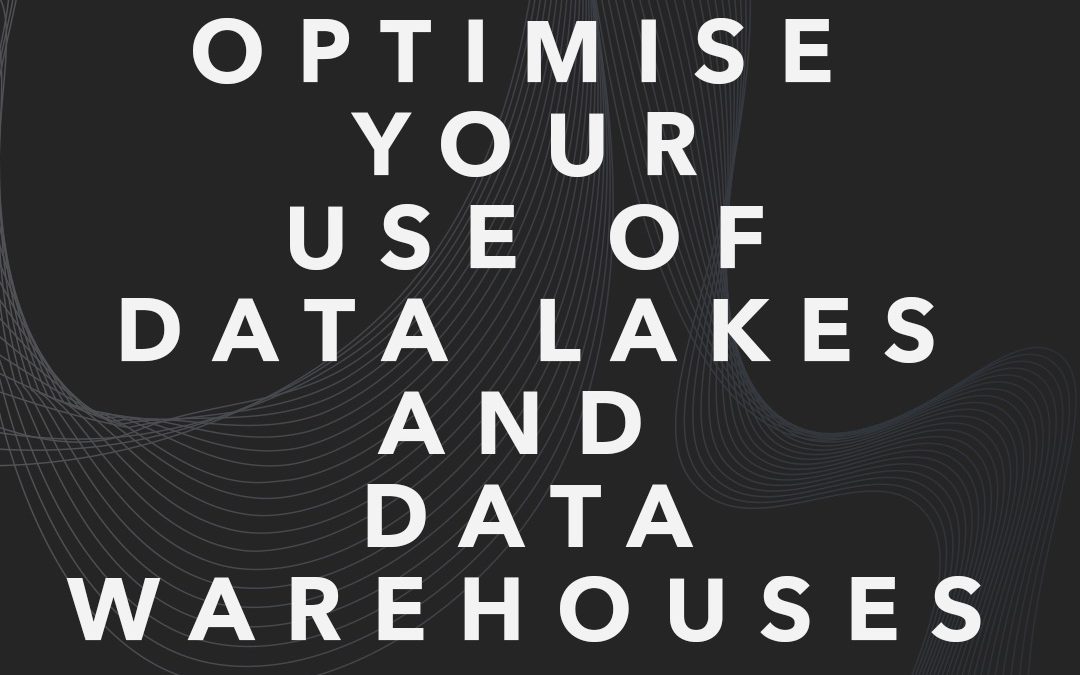
Junior Data Engineer at Engaging Data
Junior Data Engineer
FULL TIME | HYBRID
Apply Now
Want to apply? Send an email to careers@engagingdata.co.uk with an introduction and CV attached.
Please note: We can not support sponsorship for visa status. Candidates must be legally authorised to work in United Kingdom. No agencies.
Role Outline
Key Responsibilities
- Write clean, well-structured, and maintainable code for internal tools and client projects.
- Contribute to the development of data pipelines, scripts, and integrations using Python/PSQL/TSQL/SQL and relevant tools/platforms.
- Assist in creating and running test cases to validate functionality and performance.
- Debug and resolve issues in existing codebases with support from senior team members.
- Maintain technical & end user documentation to support code readability, maintainability, and future enhancements.
- Contribute to internal knowledge repositories and project wikis.
- Work closely with senior engineers, data consultants, and analysts to understand user needs and technical requirements.
- Participate in code reviews, stand-ups, and planning sessions to ensure smooth collaboration and learning.
- Continuously improve technical skills through training, peer mentoring, and practical application.
- Stay updated on emerging data tools, script languages, and data engineering principles.
Skills
- Coding Fundamentals: Solid grasp of core programming principles, control structures, and SQL/Python syntax.
- Framework Familiarity: Exposure to frameworks such as data pipelines, ETL/ELT, data warehousing and data lakes.
- Data Handling: Basic understanding of SQL, data manipulation, and unstructured/structured storage.
- Database: Know how to use common databases like PostgreSQL or MySQL.
- RDBMS: Basic experience with cloud services like AWS, Azure, or Google Cloud. Basic experience with on-premises services like PostgreSQL or MS SQL Server.
- Problem Solving: Able to approach issues logically and troubleshoot basic errors.
- Collaboration: Comfortable working in team environments and learning from others.
- Communication: Clear, concise communicator with both technical and non-technical audiences.
- Adaptability: Willingness and ability to learn quickly and adapt to new tools and methods.
Impact
- Do what is right: Delivers clean, reliable code that meets quality standards and contributes to secure, maintainable data solutions, ensuring the technical integrity of both internal and client-facing solutions.
- Work together: Actively participates in team development activities such as code reviews, stand-ups, and planning sessions, supporting collaboration across technical and non-technical teams.
- Keep learning: Demonstrates a growth mindset by embracing feedback, refining skills, and staying up to date with emerging technologies and best practices in data development.
- Champion creative solutions: Contributes ideas and experimentation to solve coding challenges, bringing a fresh perspective to projects and helping optimise workflows and technical solutions.
- Embrace change: Adapts quickly to new tools, processes, and project requirements, building flexibility and resilience while supporting the continuous evolution of Engaging Data’s technical capabilities.
How does your role contribute towards Engaging Data’s core services
Please note:
- We can not support sponsorship for visa status
- Candidates must be legally authorised to work in United Kingdom
- No agencies
Apply Now
Want to apply? Send an email to careers@engagingdata.co.uk with an introduction and CV attached.

